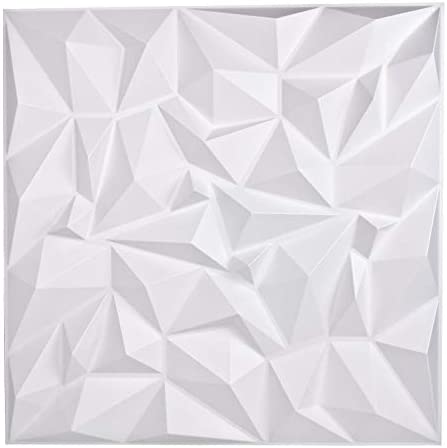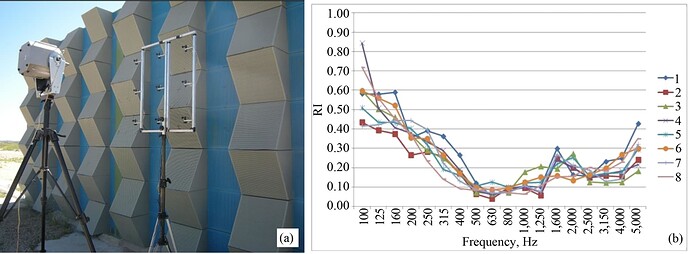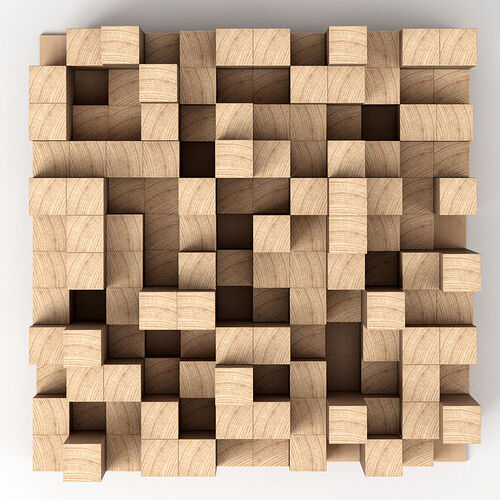I wonder how the two methods of acoustics compare. Dennis Foley’s approach is very different from Grimani. I’ve watched both of their videos and I tend to agree more into Foley’s approach. I feel like Grimani’s approach is just scratching the surface while Foley’s is more full-proof.
Ill have a look at his videos, even among the audioholics group there is difference of opinion.
What ive observed in my rooms. I can only guess the crap in the living room is helping the acoustics along with the opening at the rear. The space sounds nice to my ears with the cheap 2.1 system. If the space was empty assume it would have the same echo as the theater.
As far as my admittedly limited knowledge is concerned, there are three methods:
-
Trial & Error (Like the Subwoofer Crawl)
-
Tool-Assisted (Speaker Management System with calibration option or Audio-Analyzer with measurement mic, etc.)
-
Mathematics/Engineering (Dimensional measurements of the room, material properties and complex mathematics)
Since Option 3 requires studying, I’d say option Trial&Error or Tool-Assisted are the viable ones.
Just to add to that, you can also put your sub on some platform with wheels and go section by section. This helps you learn a lot about your room. I haven’t done it myself, but I think it’s a good idea.
Or you can save a lot of money and hire a professional too. I personally would want to get it right the first time. I’m definitely nowhere near qualified to do it myself.
Go with me on this, have a theory that a bed is like a giant acoustical panel. My theatre is in a bedroom which is identical to a guestroom, the guestroom seems to have less of an echo or boomy bass.
What do you guys think about there is more critical tuning involved for two channel than multichannel ?
It’s the same as with egg cartons/books…the frequencies a bed absorbs is very narrow and won’t have a significant impact.
I think both are. The room only sees the energy outputted by the speakers and nothing else. You’re still going to have to treat everything regardless. In home theatre, however, you introduce more problems in the room because more speakers equals more problems. That’s just the way it is and there’s no helping it.
I would like to know where that opinion (= nobody actually shows proof or a source) comes from.
I am open to having my opinion on a huge chunk of foam and fabric for acoustic impact confirmed or disproven, but I want something more than someone telling me “it be like that”.
Was the video link I posted about the eggs not a sufficient source?
For the bed, Foley mentioned it in one of his videos iirc but I can’t recall which one, unfortunately.
If you really want some answers, you can sign up for a free 30min consultation with him and ask specific questions. Or you can comment in his yt videos and he does a pretty good job commenting on there whenever he’s able to, though you probably won’t get a thorough answer with the yt comments.
Got the visual that sound acts like smoke for some reason. Need a test mic to make more informed opinion.
But have to guess its the bed doing something. The rooms are identical aside from the position of the window curtains. Only other porous material with mass is the bed and in the theater, couch and recliners. IDK
How about diffusion guys.

I’ve heard it appropriately described as waves and rays. Low frequency energy is like big waves crashing down on you, while middle and high frequencies are like rays of sunlight pointing at you. It makes sense given that low frequencies have much longer wavelengths.
What about it?
If you were to ask me, from what I gather, diffusion should be last in the treatment process. Diffusion should only be used after you’ve dealt with the main problems in your room. Also, you need a lot of it and not just one or two panels.
serendipity. I follow couple recording youtubers, wish i learned an instrument wouldve got into mixing.
That is the thing I was told repeatedly when I helped with small events:
DO NOT EVER overdo it on effects or correction!
That is a fight you can’t win! A Church always sounds like a Church, a low-ceiling venue will always sound like a low-ceiling venue.
Else:
That pic! lol
Can you get close by surround sound or a yamaha AVR.
Seriously, if they mic’d the space mixed in surround lastest codec (ATMOS 7.1.4 equivalent DTSX AURO etc).
played back through a consumer level system in a treated room.
Its early but preliminary hearing is wall length 100% light blocking curtains sorta helps my room. Unsure about stereo, but might be hearing better discrete effects from surround sound.
it also highly depends on the room. my living room has 7 windows in it. my house is old and predates electricity in the area. all the treatment in the world wont do much. I have a bookshelf loaded with books behind each speaker. its about all i can do, outside of way to thick of curtains everywhere. not everyone has a dedicated room to use for audio or home theater. but there are lots of ways with stuff that looks normal so to speak, with which one can use. stands are ugly, end tables are not. and a plant next to your speaker, makes it more pleasing and less noticeable. textured paint on walls. frameless paintings on walls in place of acoustic panels.
edit: and almost none of them are as effective as real treatment, but they can be effective enough.







